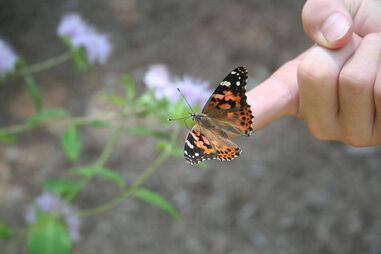how does curiosity change over time and in response to education?
Curiosity has a positive impact on motivation and learning, yet research shows that, despite being curious about academic content outside of school, students are not always curious in school. In fact, little research has studied what children's curiosity looks like in school settings, and we know little about its development or how it is influenced by the environment.
To learn more, we are conducting research funded by the Templeton Foundation and the Jacobs Foundation. This project, titled Curiosity and Classrooms: An Exploration of Curiosity and the Development of Intellectual Virtues in Schools, addresses two overarching questions:
To learn more, we are conducting research funded by the Templeton Foundation and the Jacobs Foundation. This project, titled Curiosity and Classrooms: An Exploration of Curiosity and the Development of Intellectual Virtues in Schools, addresses two overarching questions:
- What does curiosity look like in children, and how does it support the development of character more generally?
- How is curiosity influenced by educational settings, and can it be promoted through specific teaching practices?

Project Components:
Full list of related presentations and papers
- Measurement design
- See our databrary pages for updated versions of our measures in development and related published measures!
- Publications:
- Associations across virtues
- Read our recent chapter on the role uncertainty plays in connecting curiosity and other intellectual virtues
- View our slide deck from recent presentations:
- Intellectual humility pre-conference
- AERA talk on curiosity and creativity associations
- Workshop slides on educational practices to promote curiosity for a school partner, and for an educator conference - slides, and supplemental worksheet
- Workshop slides for the Virginia Head Start Association annual training conference
- See our paper on curiosity and creativity, currently under review
- Developmental trajectories
Full list of related presentations and papers
